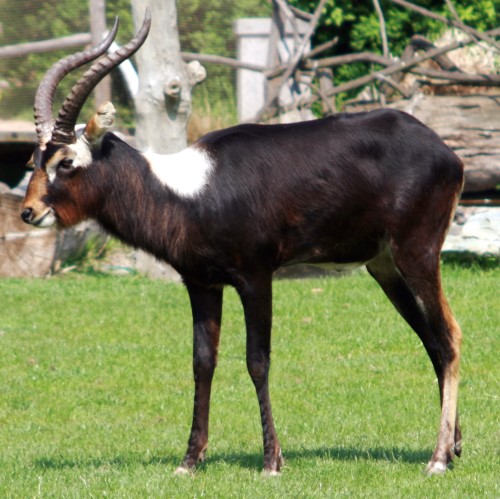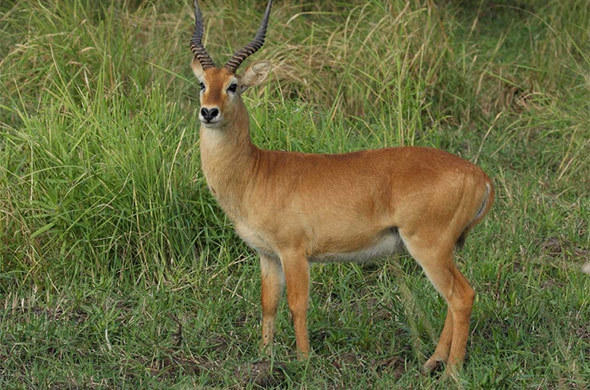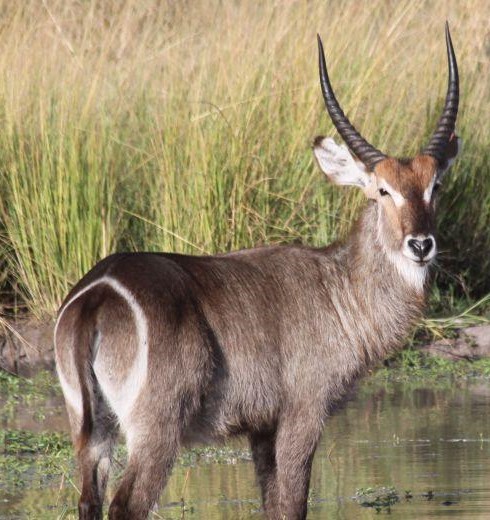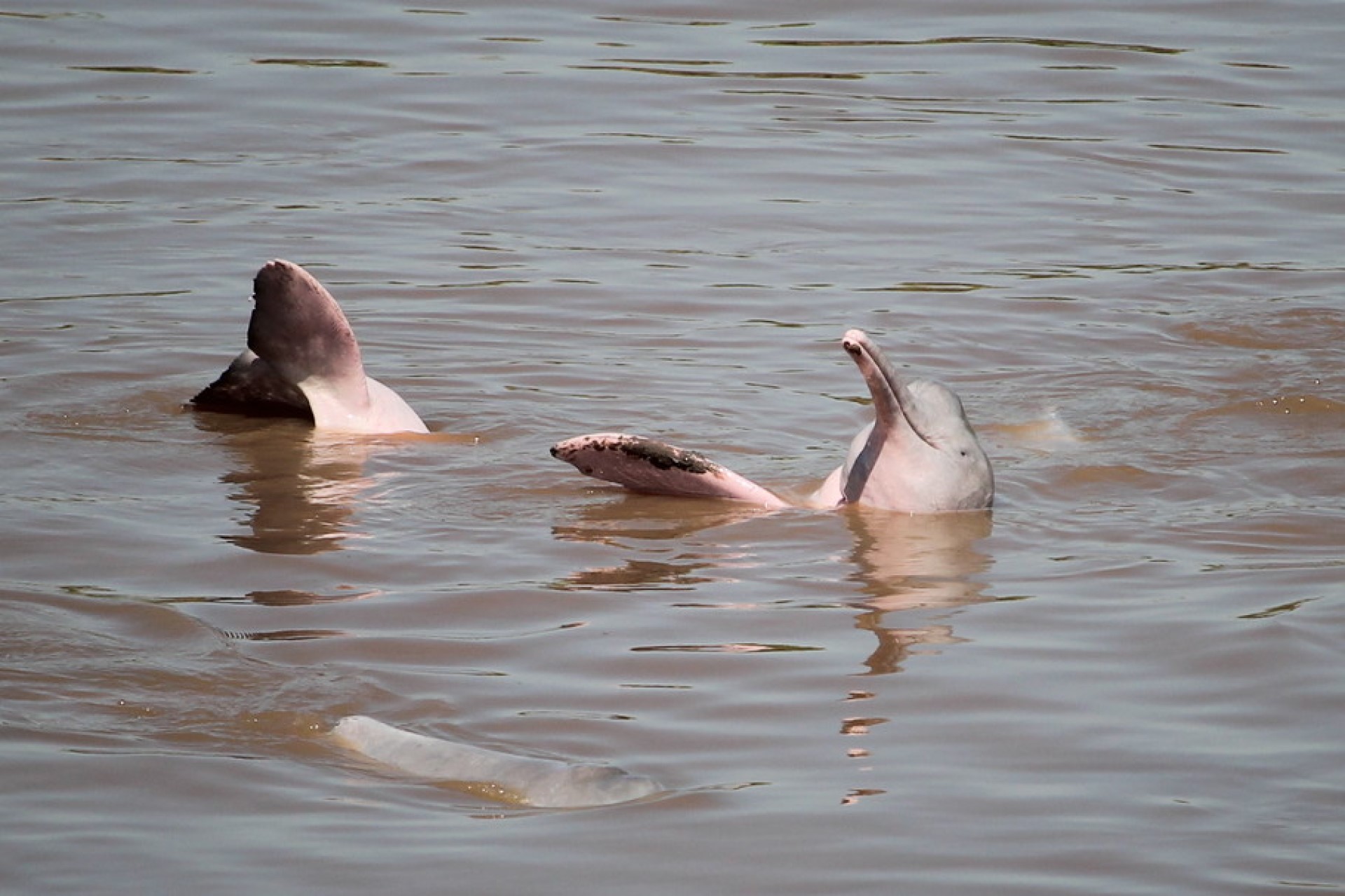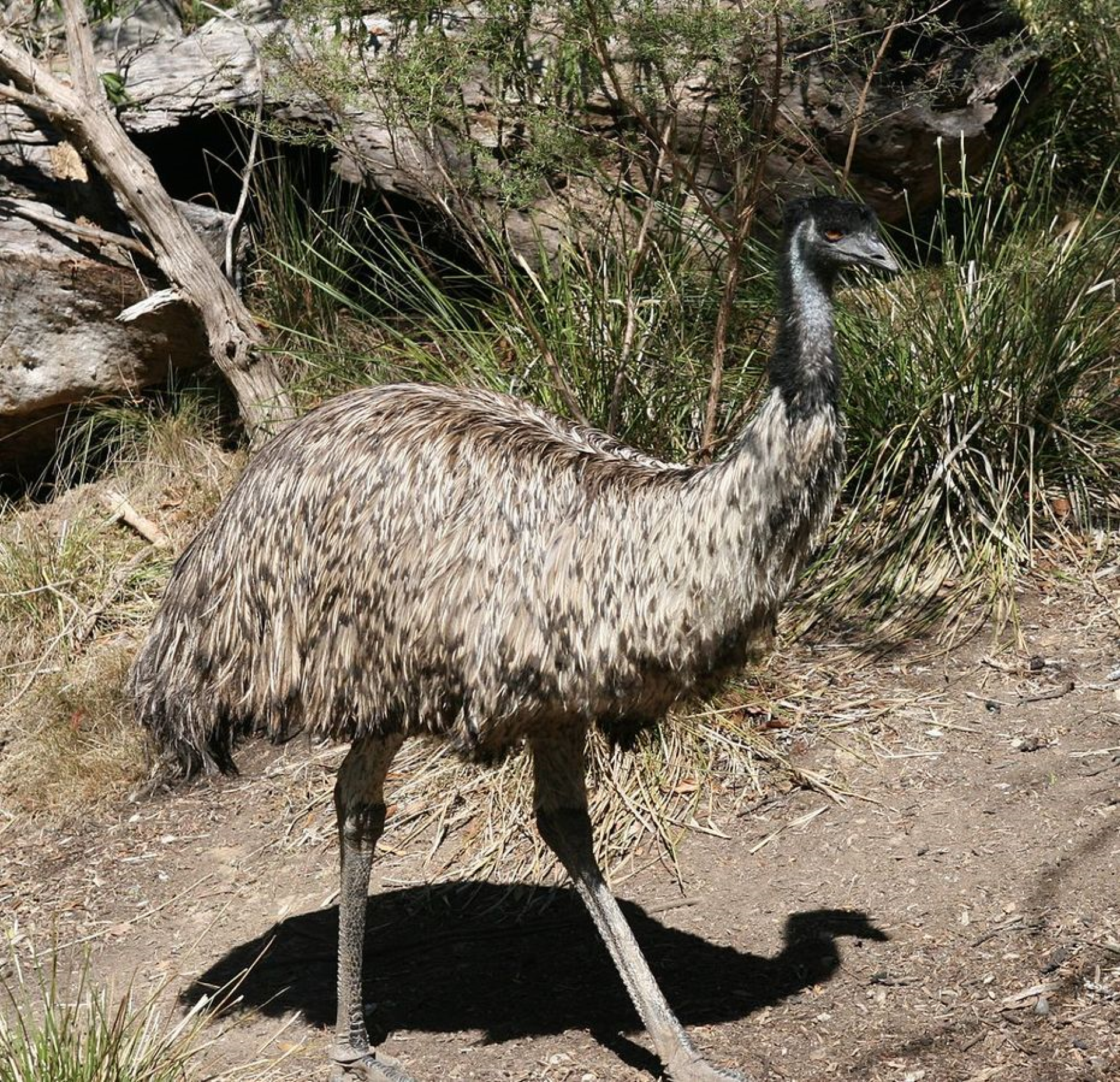
Emu
The second tallest bird, after the Ostrich, the Emu is found in Australia. While its range covers most of the mainland, its close cousins which lived on the islands around Australia are all extinct.
They have soft brown feathers and cannot fly, though they can run at speeds of 30 miles per hour.
They can survive weeks without eating, and drink infrequently (though they drink a lot when they do drink).
Eggs hatch after 8 weeks, and young are fully grown at around 6 months, though they usually stay with the unit until the next breeding season.
While overall there are enough to list this species as least concern, it is not as rosy everywhere, with the Tasmanian Emu dying out in around 1800.
There are 3 currently surviving subspecies with 3 others extinct.
Their population lies between 625,000 and 725,000
Below is our usual roundup of articles on this species, unfortunately, given the length of the name, it is likely to appear within other names. Below this, you will find any links to aid in seeing this animal (as we make them)
The end of Whaling in Iceland, end of an era, or sensible financial move
- Tim
- December 23, 2023
Whaling went on for centuries, in many parts of the world. One of these was Iceland, where due to the latitude, it is often hard to grow much food. Iceland...
UK could quit ‘Climate wrecking’ treaty’ – encouraging, must see more
- Tim
- September 7, 2023
The treaty in question is called the Energy Charter Treaty, and apparently if changes are not made by November we will look at exiting.
European farmers are suggesting that wolves have recovered too much, is that true?
- Tim
- September 6, 2023
There is heavy pressure to end wolf protection in the EU because farmers are suggesting that they have recovered to too great a degree.
The UK has said that pure petrol and diesel cars will be banned from sale – impact? Electric cars are increasingly affordea
- Tim
- September 5, 2023
Arguments against electric cars continue, from suggestions that the range they have is not high enough, the batteries do not last long enough, they are worse for the environment, they...
The changing fortunes of Cheetah and wild dog
- Tim
- September 16, 2022
When we trained in the Kruger, there were about 70 cheetah and about 350 wild dog. 15 years later there were over 400 cheetah, and nearer 500 wild dog.
.jpg)
Maybe the British red squirrel is not doomed on mainland britain?
- Tim
- January 31, 2022
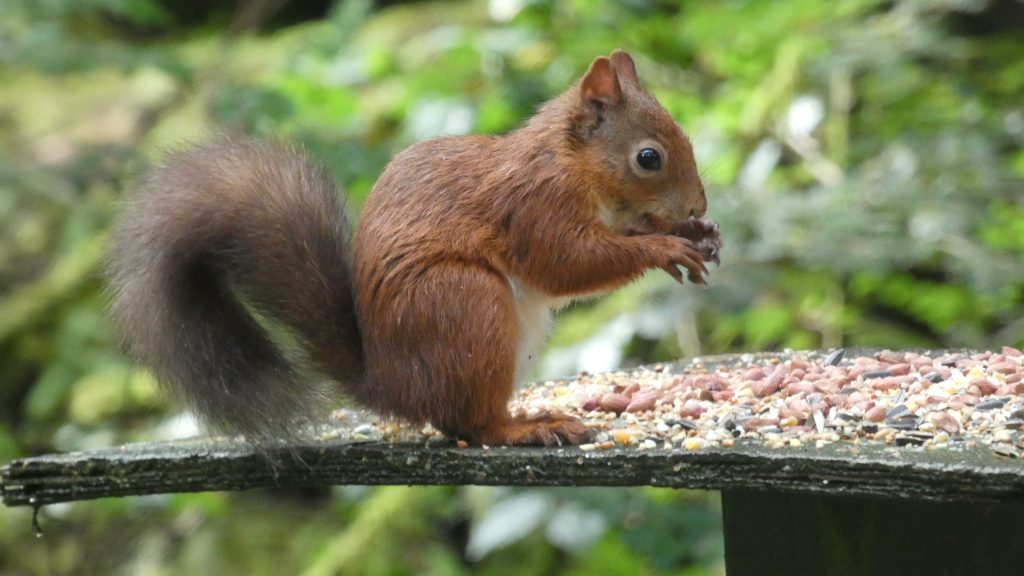
At the moment, red...
Corona-virus threat to primate species
- Tim
- April 6, 2020
Humans have pushed the majority of wild primates into small spaces, where the total population might number only a thousand or far less.


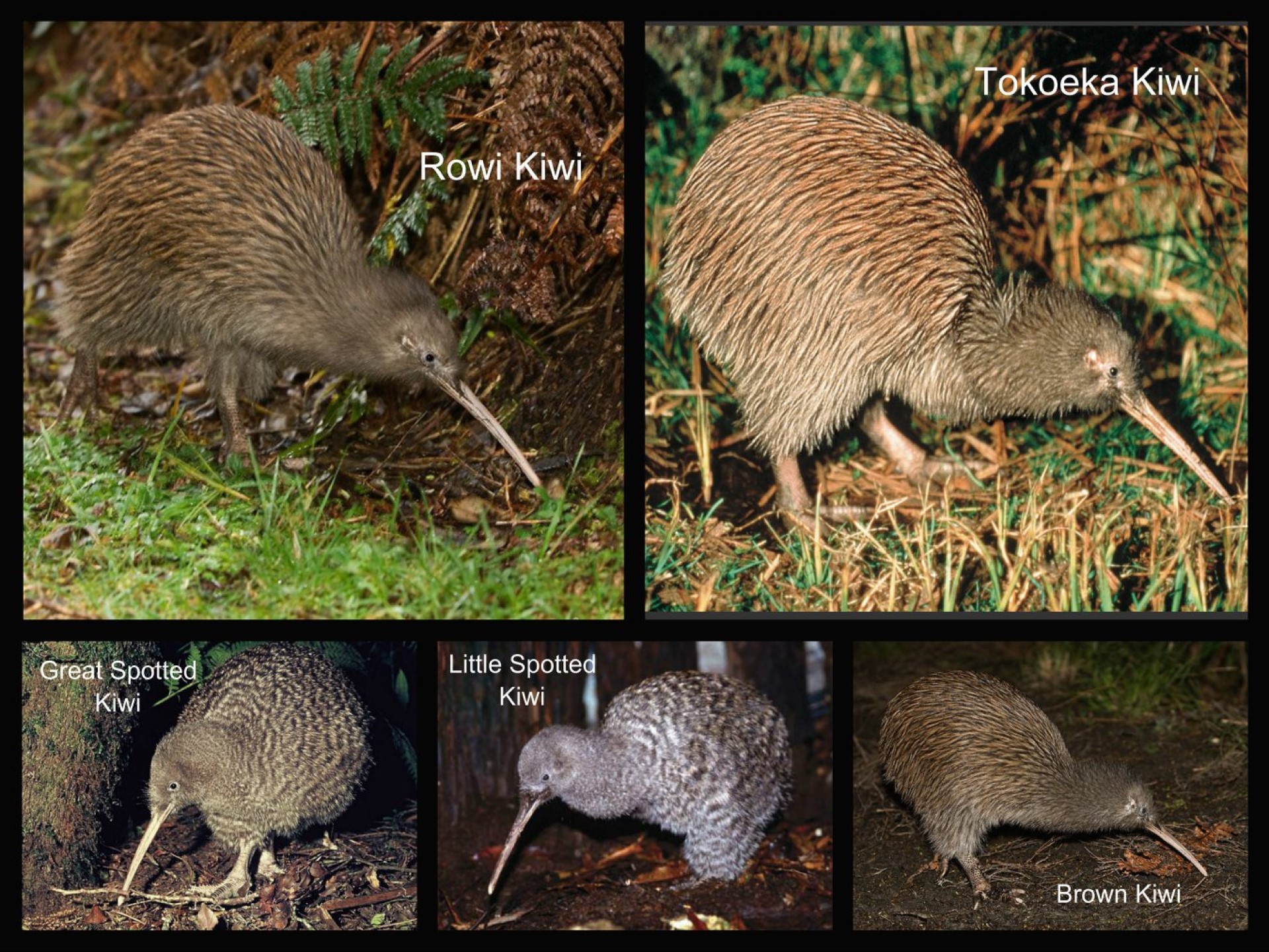


 Darwins rhea. Its found on the Andean plateau as well as Patagonia.
Darwins rhea. Its found on the Andean plateau as well as Patagonia.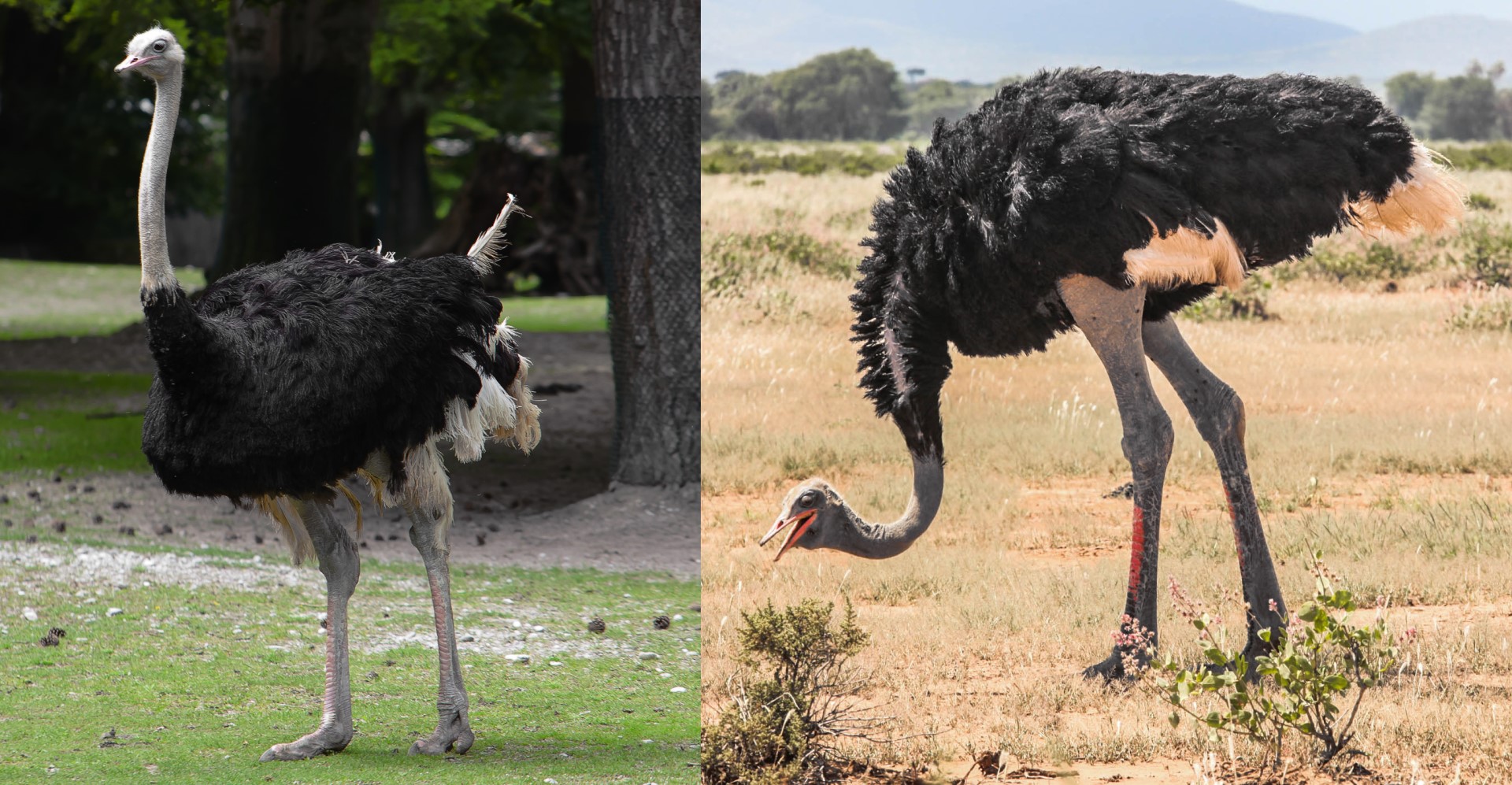
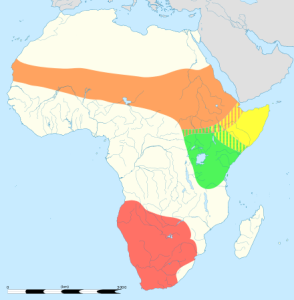 This is a map of the different Ostrich species and subspecies range
This is a map of the different Ostrich species and subspecies range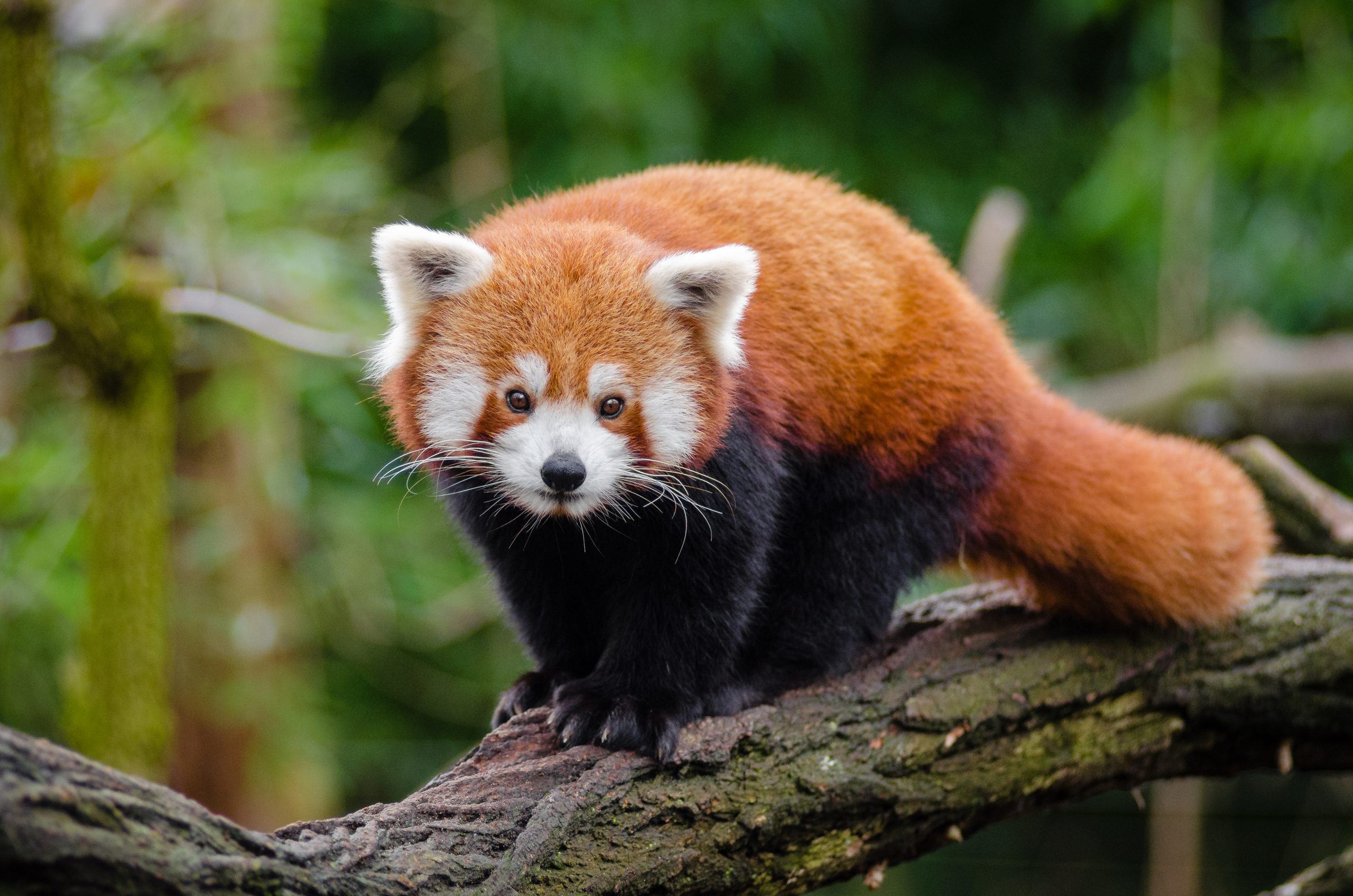
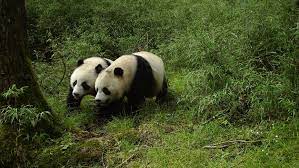
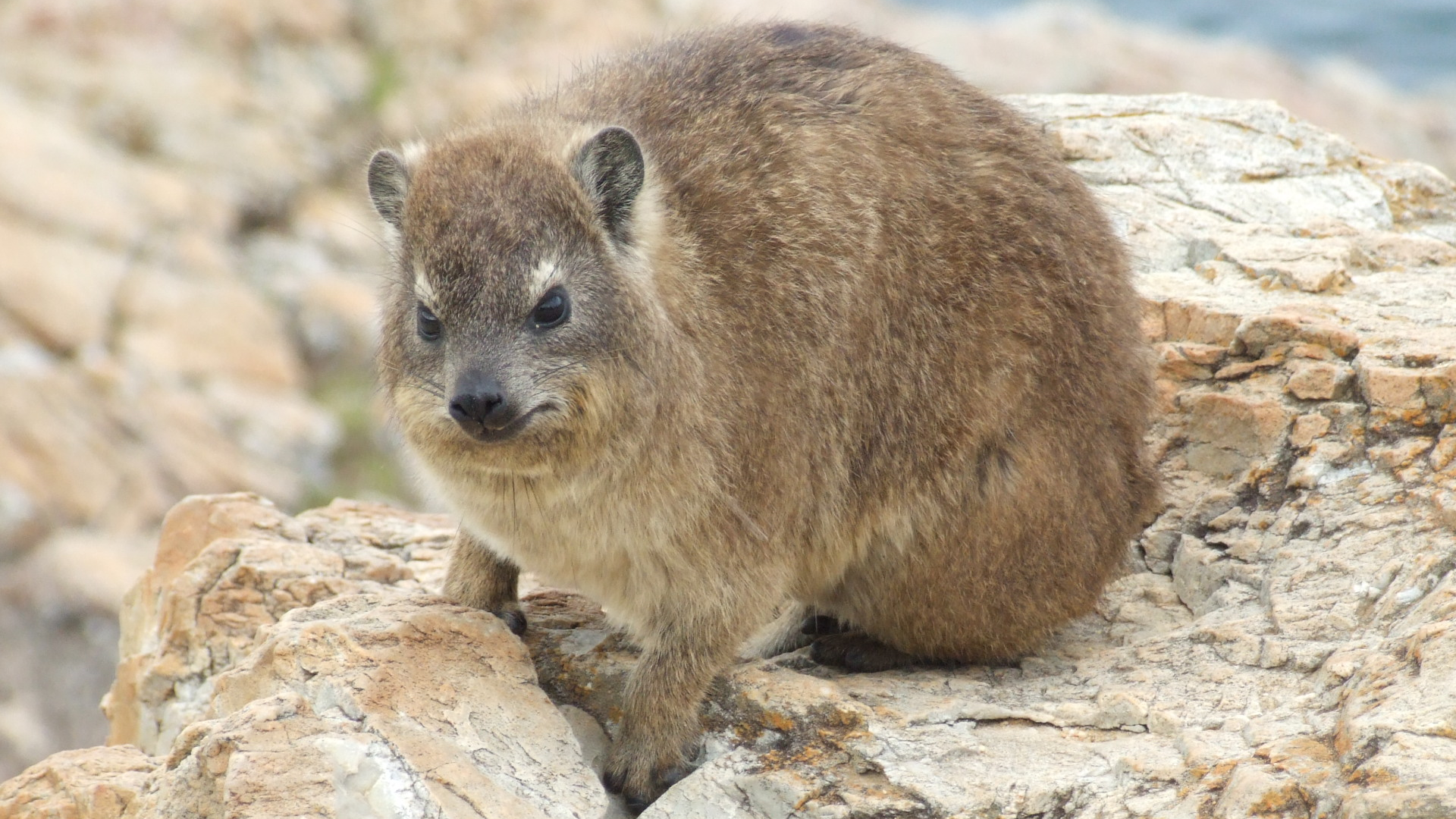
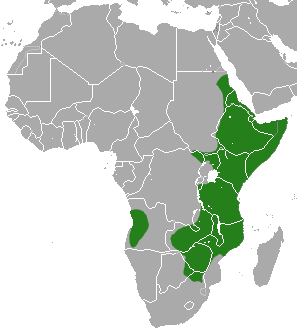
 found in temperate forests, subtropical or tropical dry forests, subtropical or tropical moist lowland forests, subtropical or tropical moist montane forests, moist savanna, and rocky areas.
found in temperate forests, subtropical or tropical dry forests, subtropical or tropical moist lowland forests, subtropical or tropical moist montane forests, moist savanna, and rocky areas. Western tree hyrax, also known as the western tree dassie or Beecroft tree hyrax
Western tree hyrax, also known as the western tree dassie or Beecroft tree hyrax Rock or cape hyrax has 5 recognized subspecies, again, unsurprising given its vast range. Generally having a hide within a natural rock cavity, Rock hyraxes are social animals that live in colonies of up to 50 individuals. They sleep in one group, and start the day, warming up in the sun
Rock or cape hyrax has 5 recognized subspecies, again, unsurprising given its vast range. Generally having a hide within a natural rock cavity, Rock hyraxes are social animals that live in colonies of up to 50 individuals. They sleep in one group, and start the day, warming up in the sun Eastern tree hyrax is the most localized of the tree hyrax species, only found in places within a narrow band of lowland and montane forests in Kenya and Tanzania and close-by islands. A solitary species, it lives in tree cavities, and communicates with others, through scent marking and high pitched calls.
Eastern tree hyrax is the most localized of the tree hyrax species, only found in places within a narrow band of lowland and montane forests in Kenya and Tanzania and close-by islands. A solitary species, it lives in tree cavities, and communicates with others, through scent marking and high pitched calls. 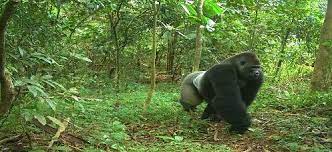
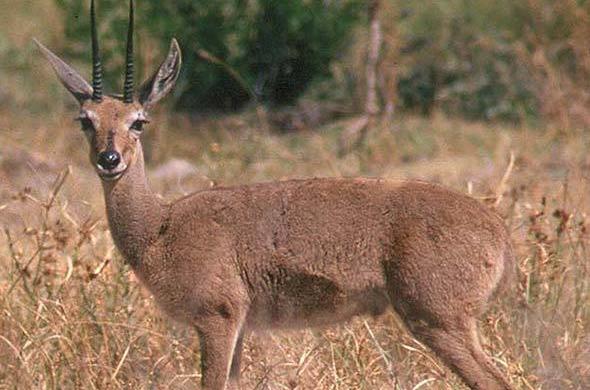
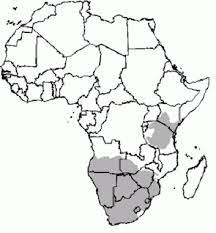
 The HIrola ( also known as the Hunters hartebeest or hunters antelope) is a critically endangered species. It was named by H.C.V Hunter (a big game hunter and zoologist) in 1888. It is the only member of the genus Beatragus, and it currently has 300-500 individuals living in the wild (there are none in captivity).
The HIrola ( also known as the Hunters hartebeest or hunters antelope) is a critically endangered species. It was named by H.C.V Hunter (a big game hunter and zoologist) in 1888. It is the only member of the genus Beatragus, and it currently has 300-500 individuals living in the wild (there are none in captivity).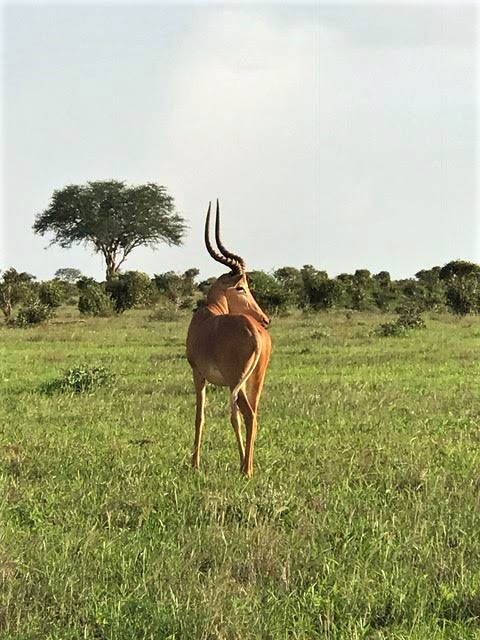
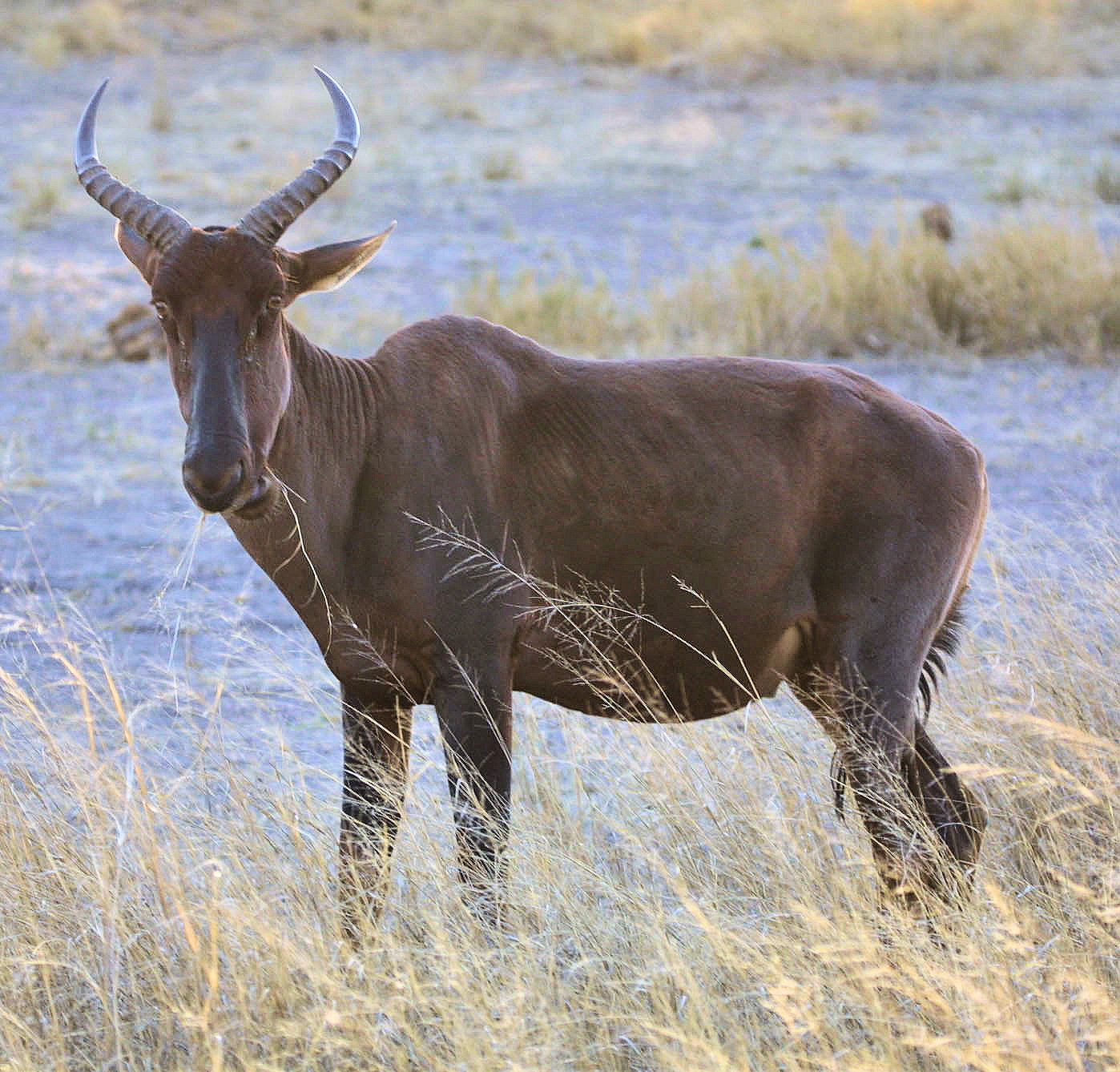

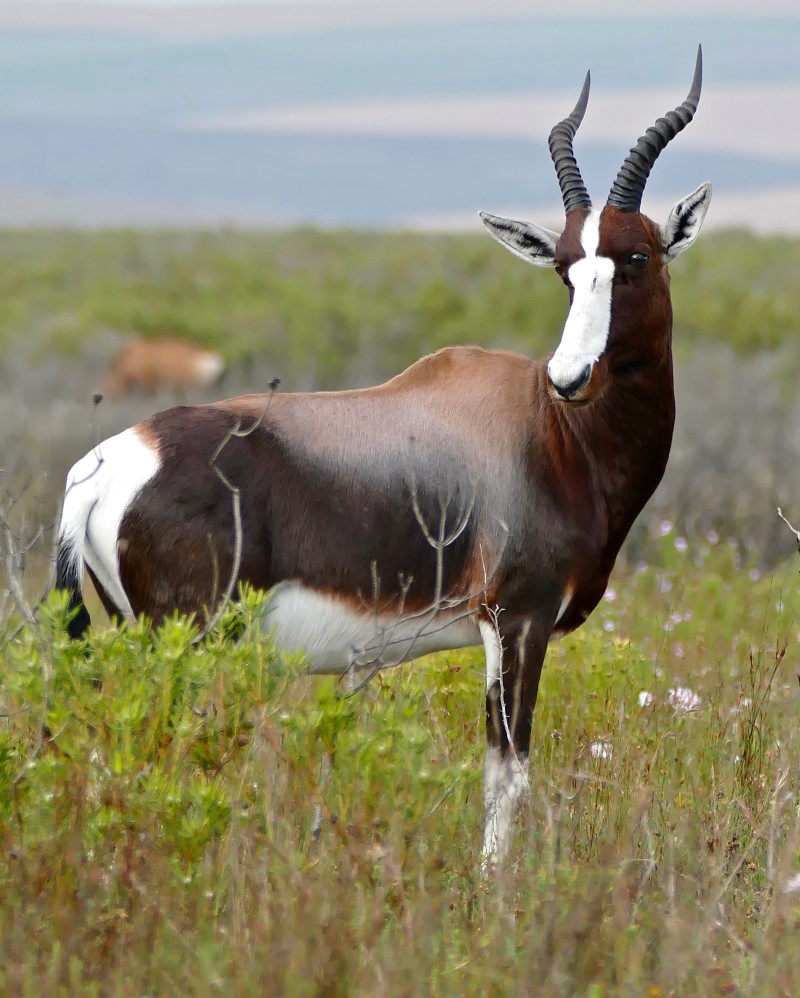
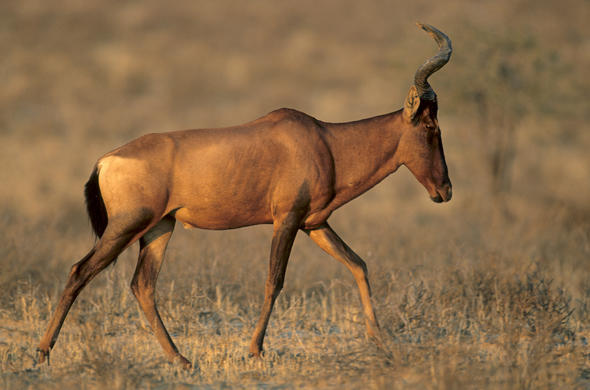
 many as 70 subspecies, local variants and similar have been suggested, however there is only one currently recognized species.
many as 70 subspecies, local variants and similar have been suggested, however there is only one currently recognized species. common wildebeest, white-bearded gnu or brindled gnu.
common wildebeest, white-bearded gnu or brindled gnu.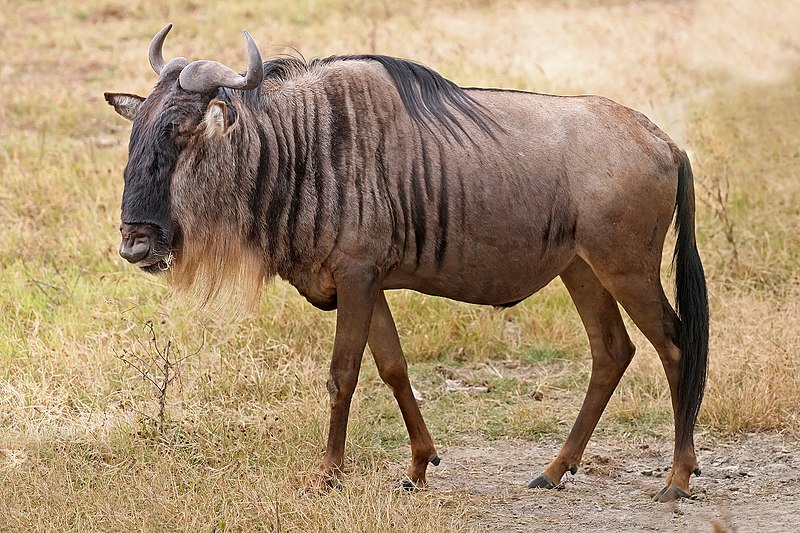
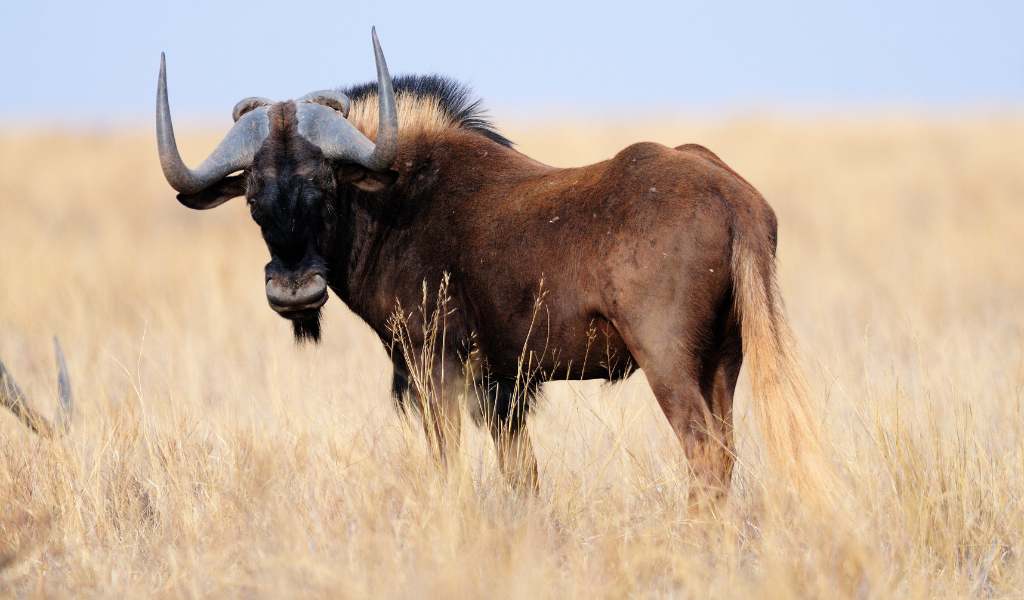


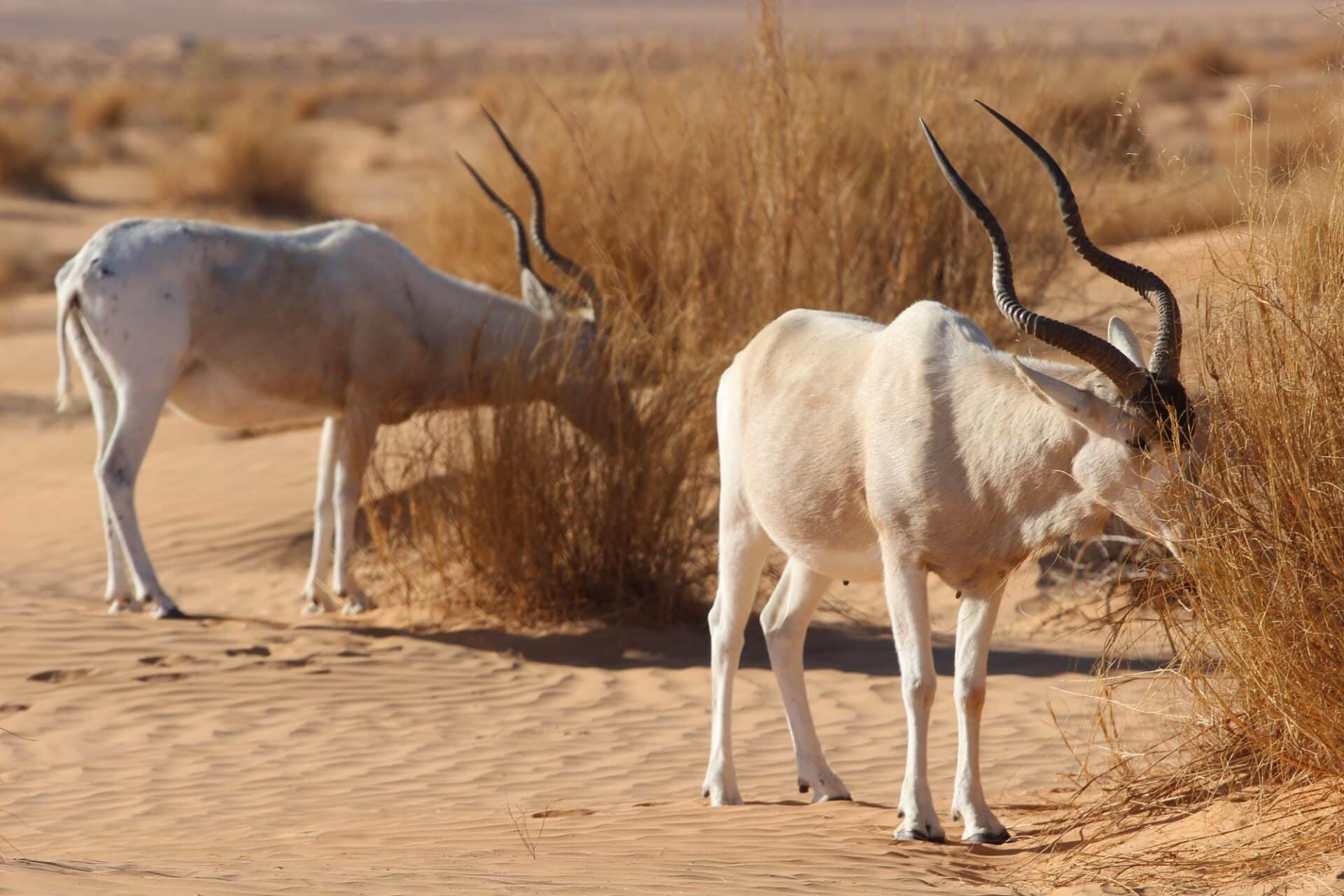
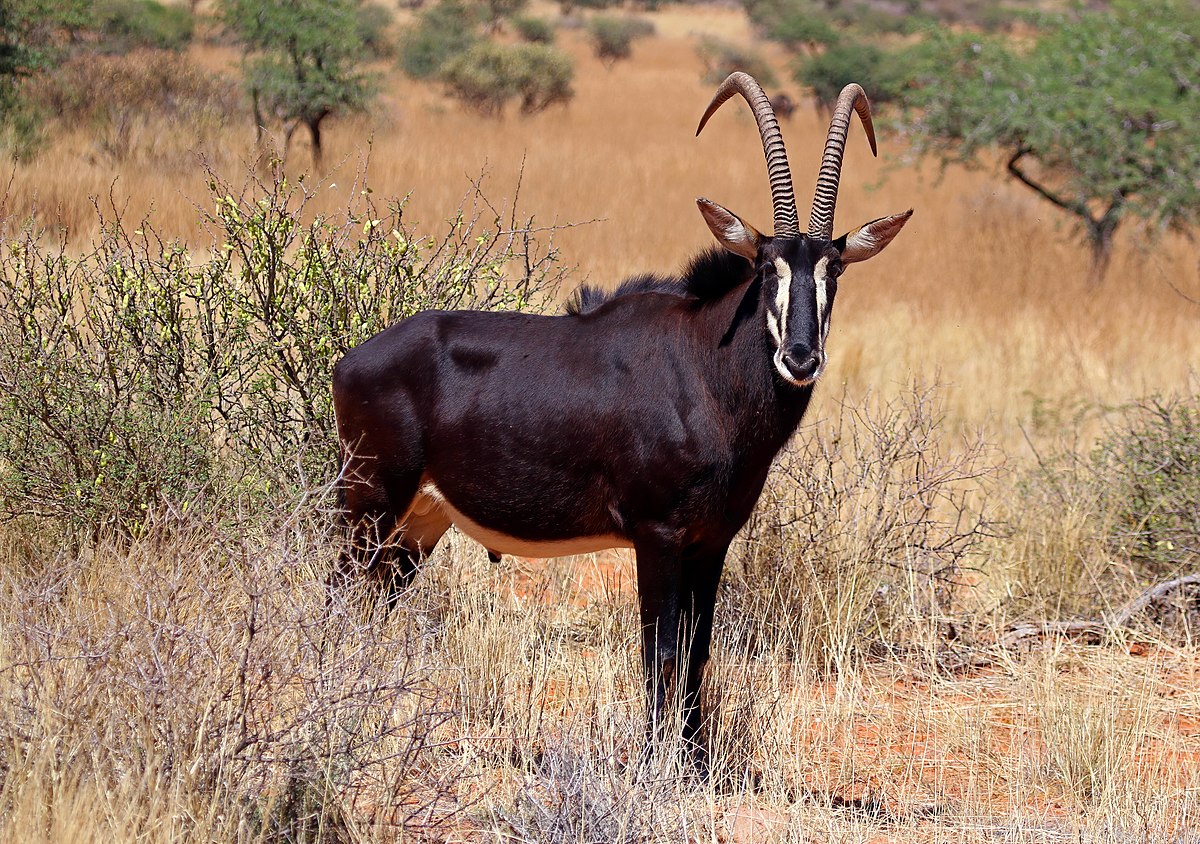

 are found in a band across Africa, including areas of Eastern, Central and Western Africa.
are found in a band across Africa, including areas of Eastern, Central and Western Africa.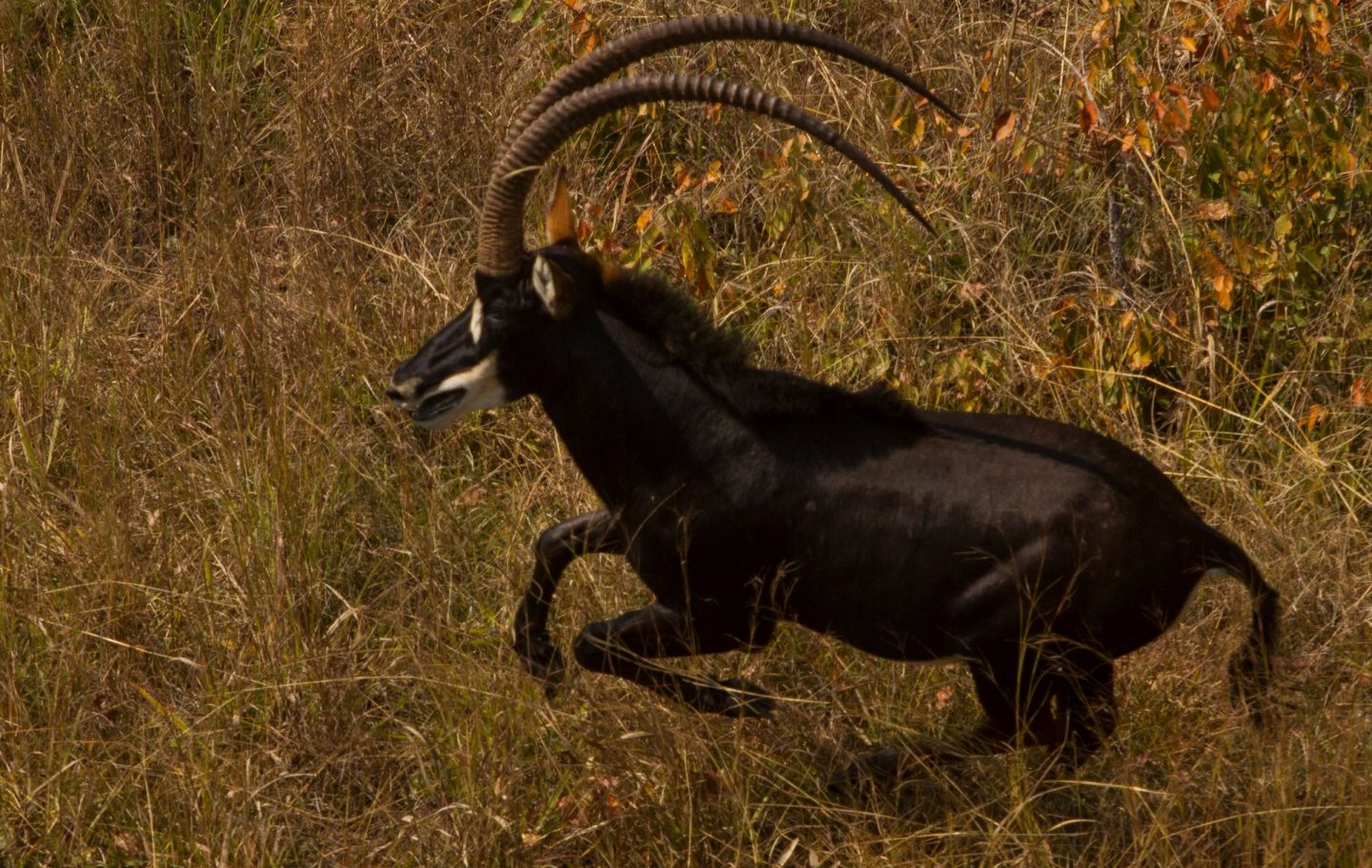
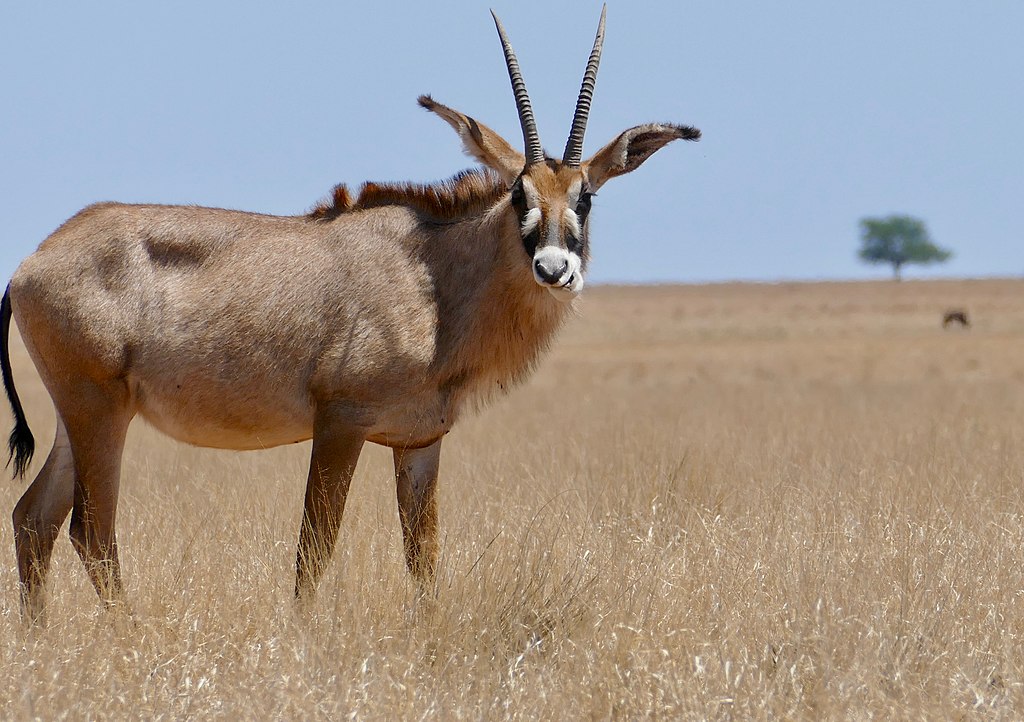

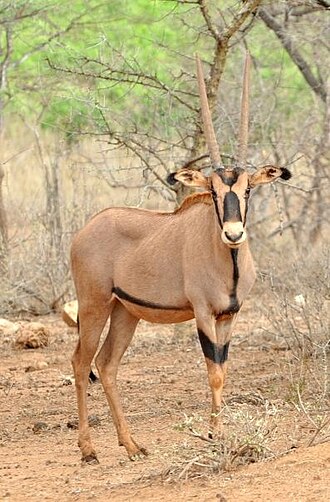
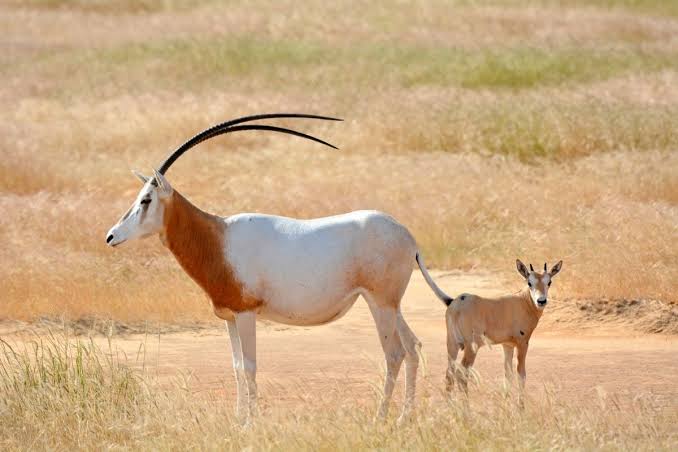

 Impala
Impala antelope, species with a handful of small populations acros central and western north Africa. It lives in the Sahara and the Sahel desert.
antelope, species with a handful of small populations acros central and western north Africa. It lives in the Sahara and the Sahel desert. 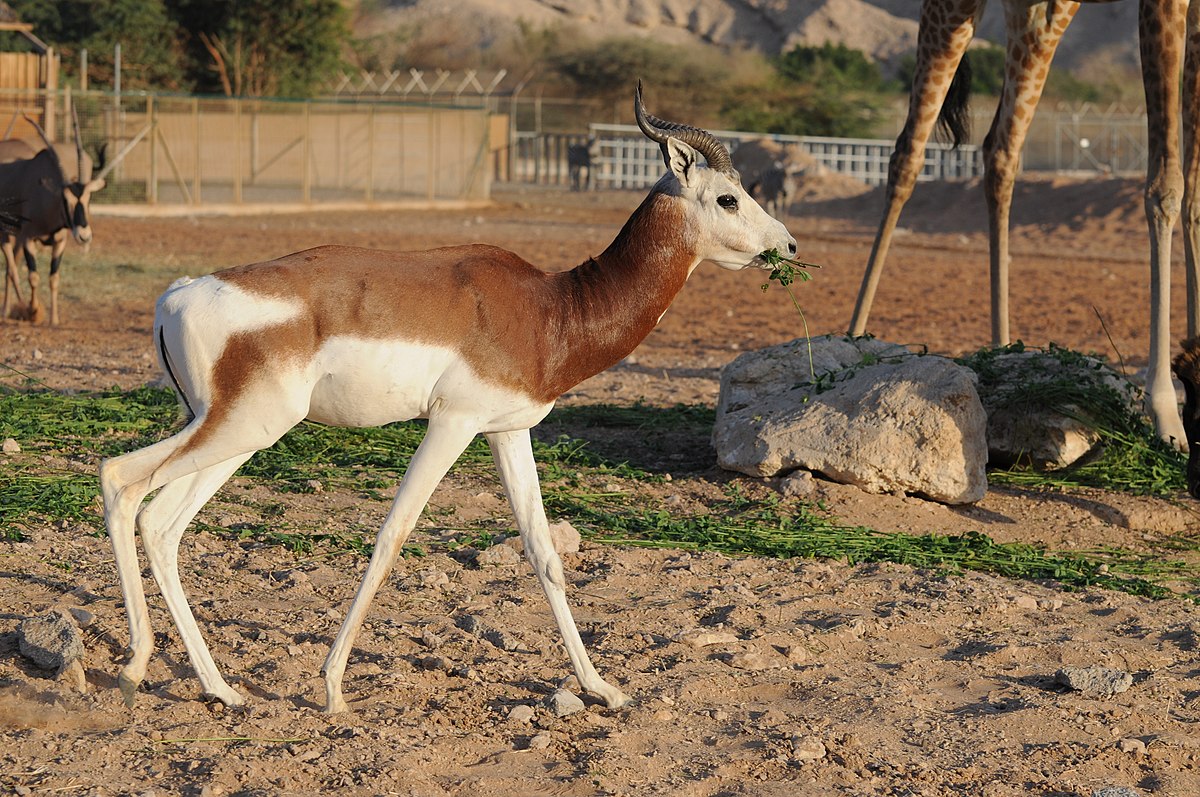

 known as imbabala is a
known as imbabala is a

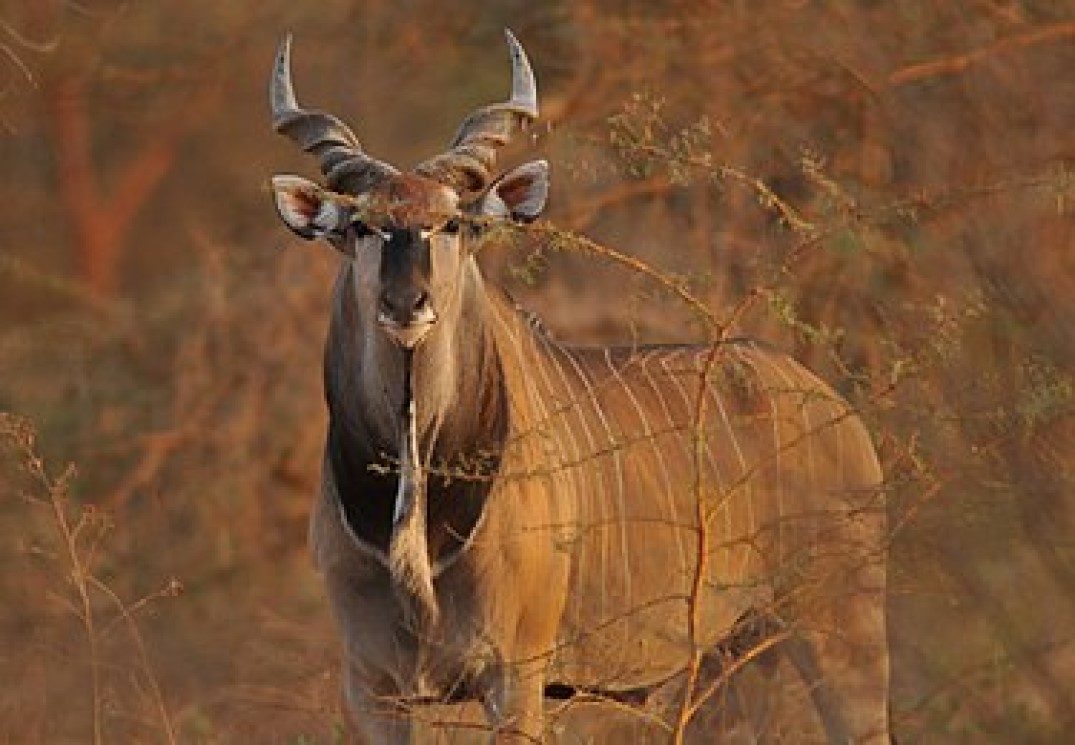

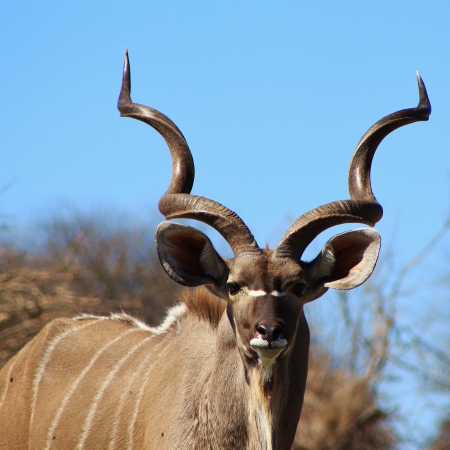
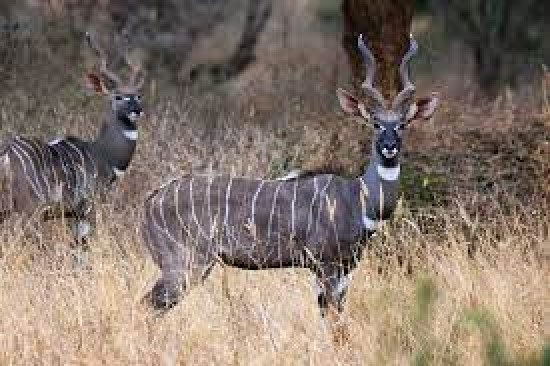
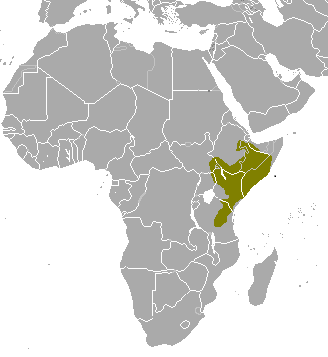
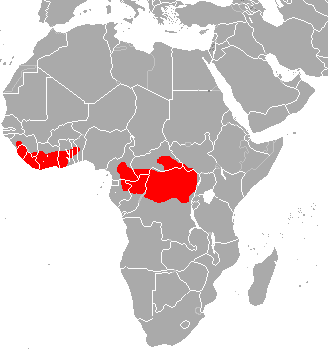 The bongo is a large, mostly nocturnal, forest-dwelling antelope, native to sub-Saharan Africa. Bongos are characterised by a striking reddish-brown coat, black and white markings, white-yellow stripes, and long slightly spiralled horns. It is the only member of its family in which both sexes have horns. Bongos have a complex social interaction and are found in African dense forest mosaics. They are the third-largest antelope in the world.
The bongo is a large, mostly nocturnal, forest-dwelling antelope, native to sub-Saharan Africa. Bongos are characterised by a striking reddish-brown coat, black and white markings, white-yellow stripes, and long slightly spiralled horns. It is the only member of its family in which both sexes have horns. Bongos have a complex social interaction and are found in African dense forest mosaics. They are the third-largest antelope in the world.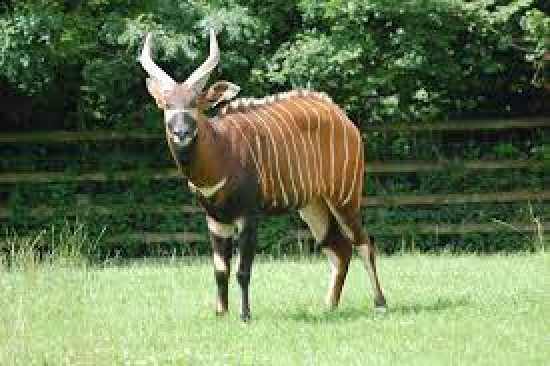
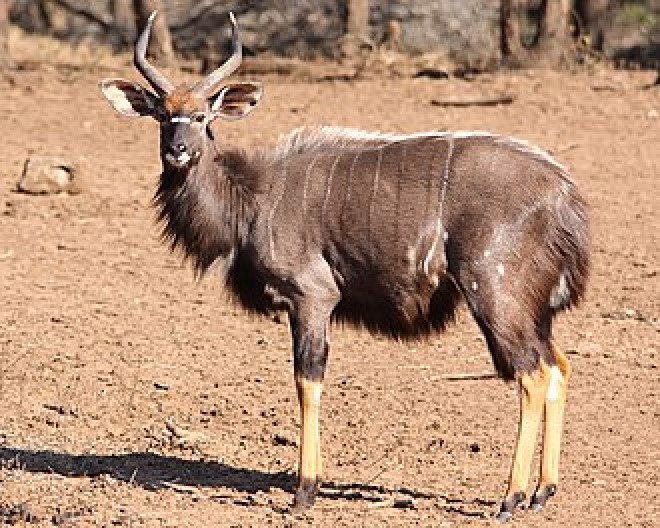
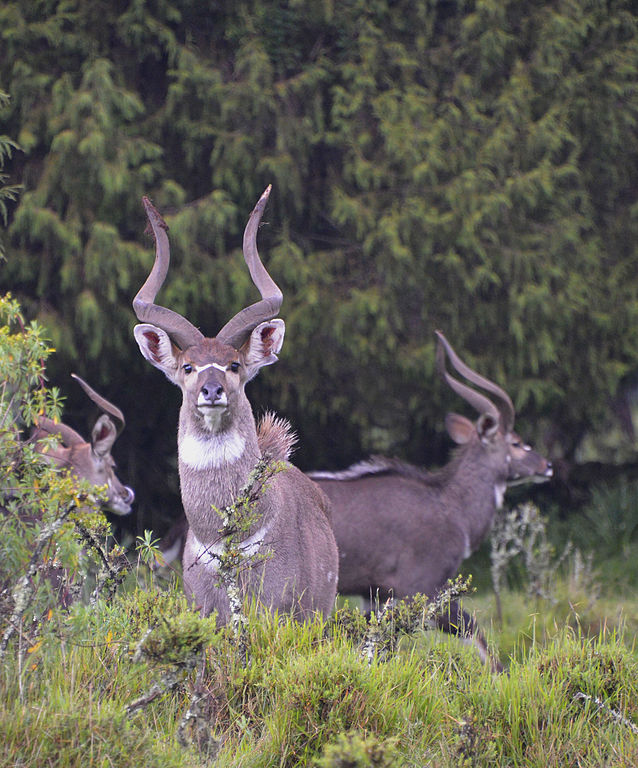

 swamp-dwelling medium-sized antelope found throughout central Africa (see the map to the right. The sitatunga is mostly confined to swampy and marshy habitats. Here they occur in tall and dense vegetation as well as seasonal swamps, marshy clearings in forests, riparian thickets and mangrove swamps.
swamp-dwelling medium-sized antelope found throughout central Africa (see the map to the right. The sitatunga is mostly confined to swampy and marshy habitats. Here they occur in tall and dense vegetation as well as seasonal swamps, marshy clearings in forests, riparian thickets and mangrove swamps.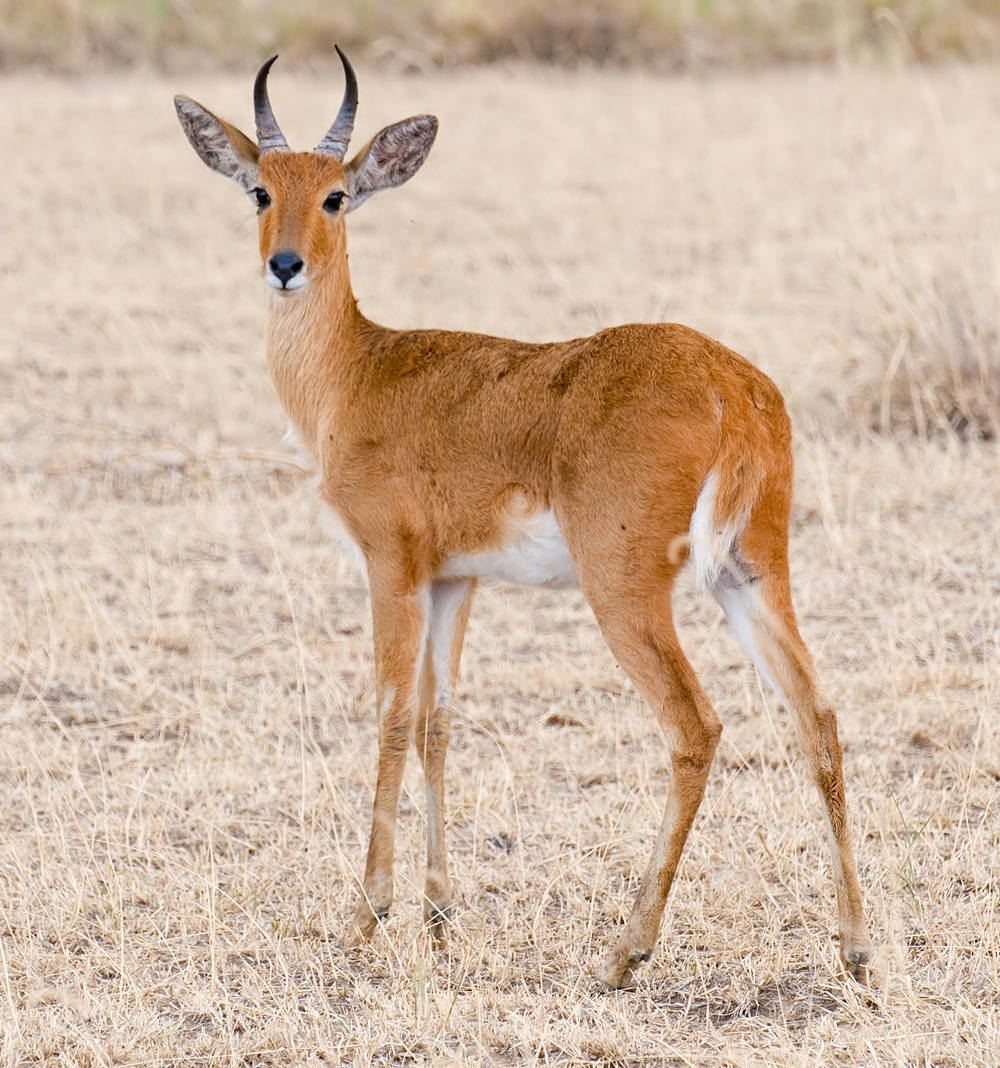

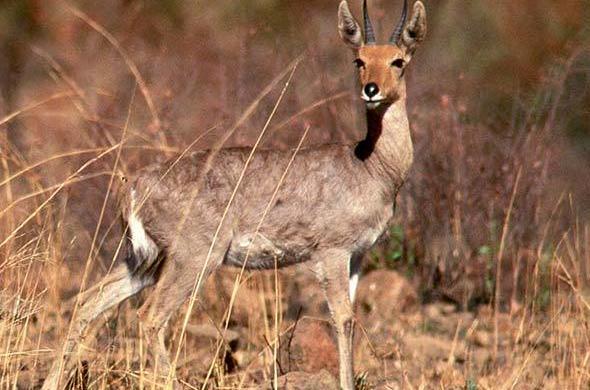
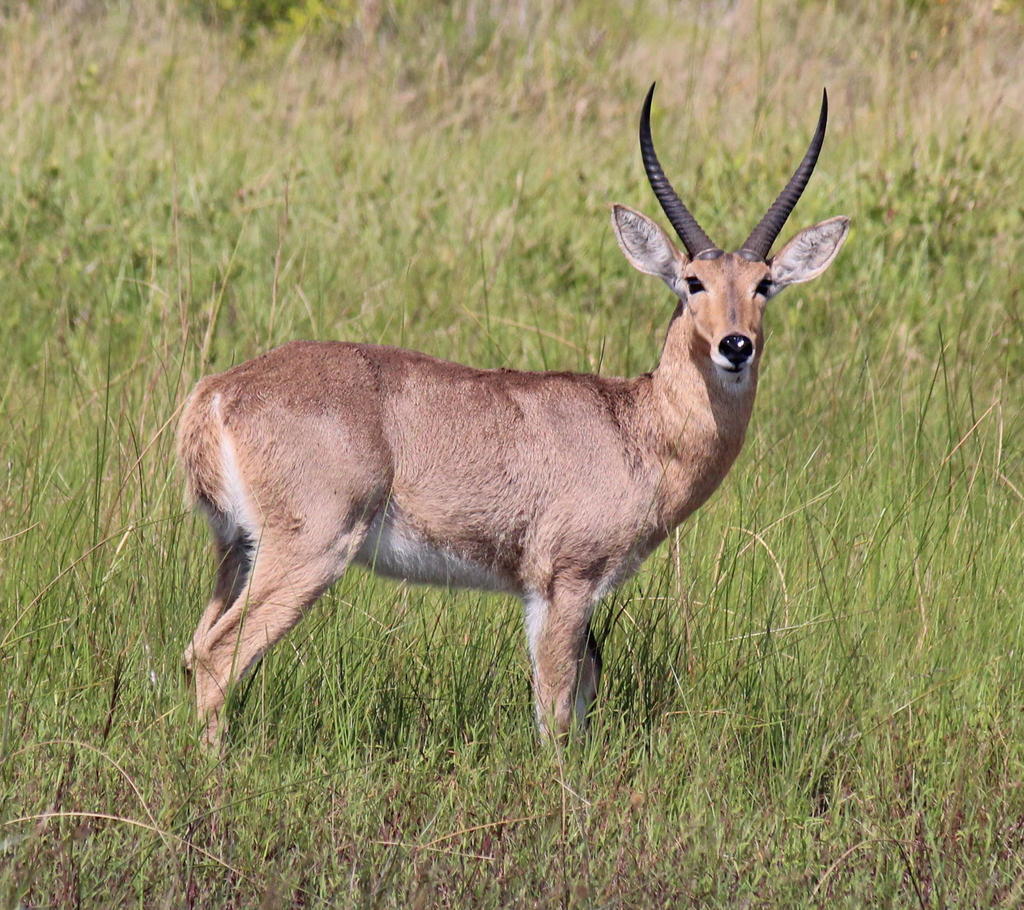
 Reedbuck is found in Southern Africa. It is a midsized
Reedbuck is found in Southern Africa. It is a midsized 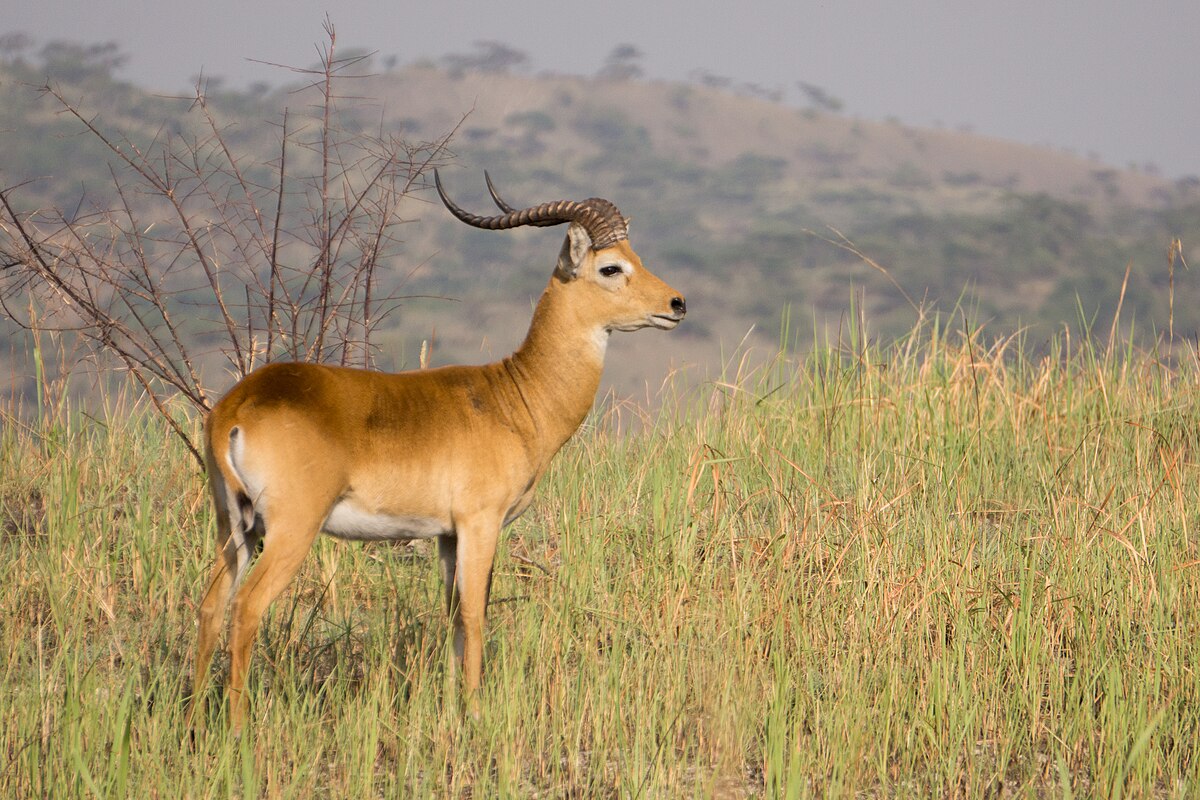
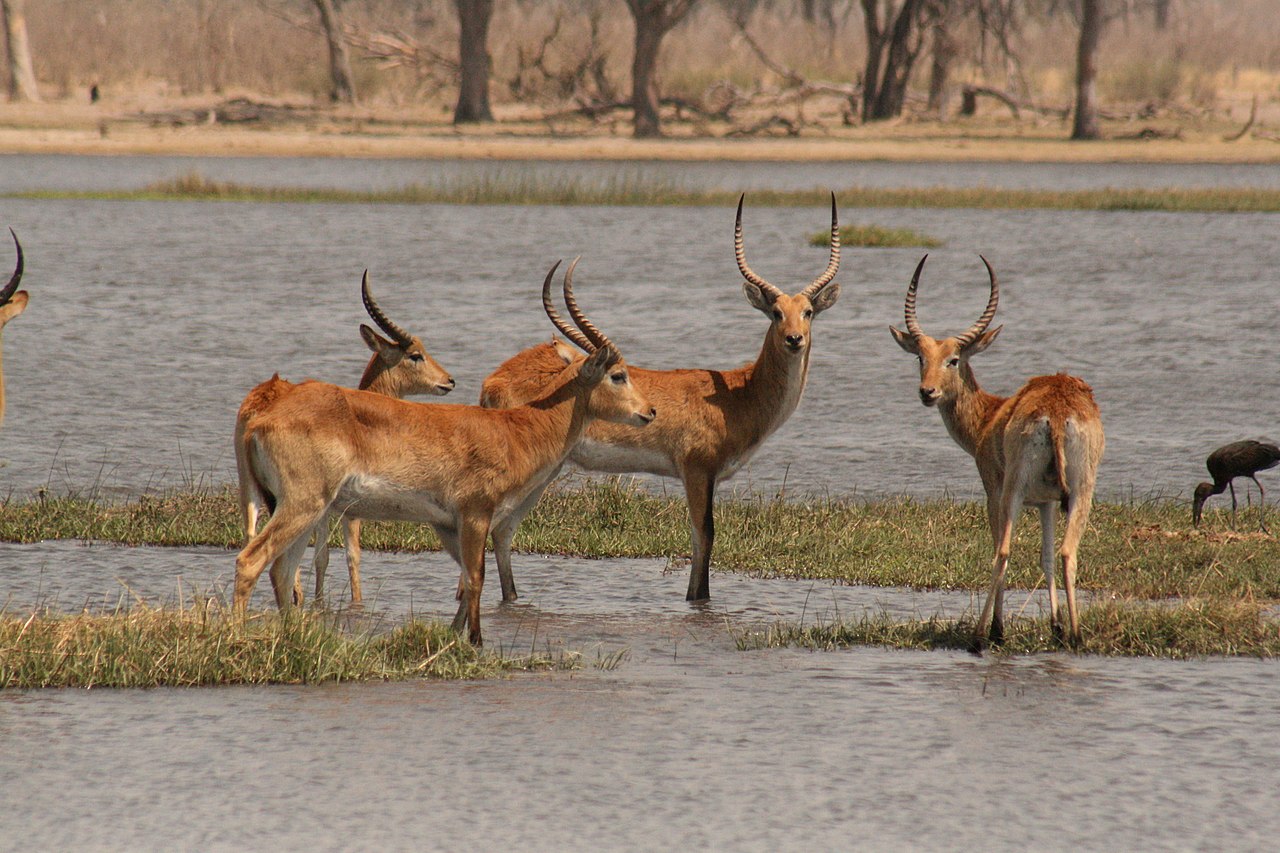
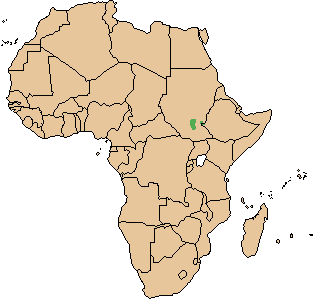 The Nile lechwe or Mrs Gray’s lechwe is an endangered species of antelope found in swamps and grasslands in South Sudan and Ethiopia.
The Nile lechwe or Mrs Gray’s lechwe is an endangered species of antelope found in swamps and grasslands in South Sudan and Ethiopia.